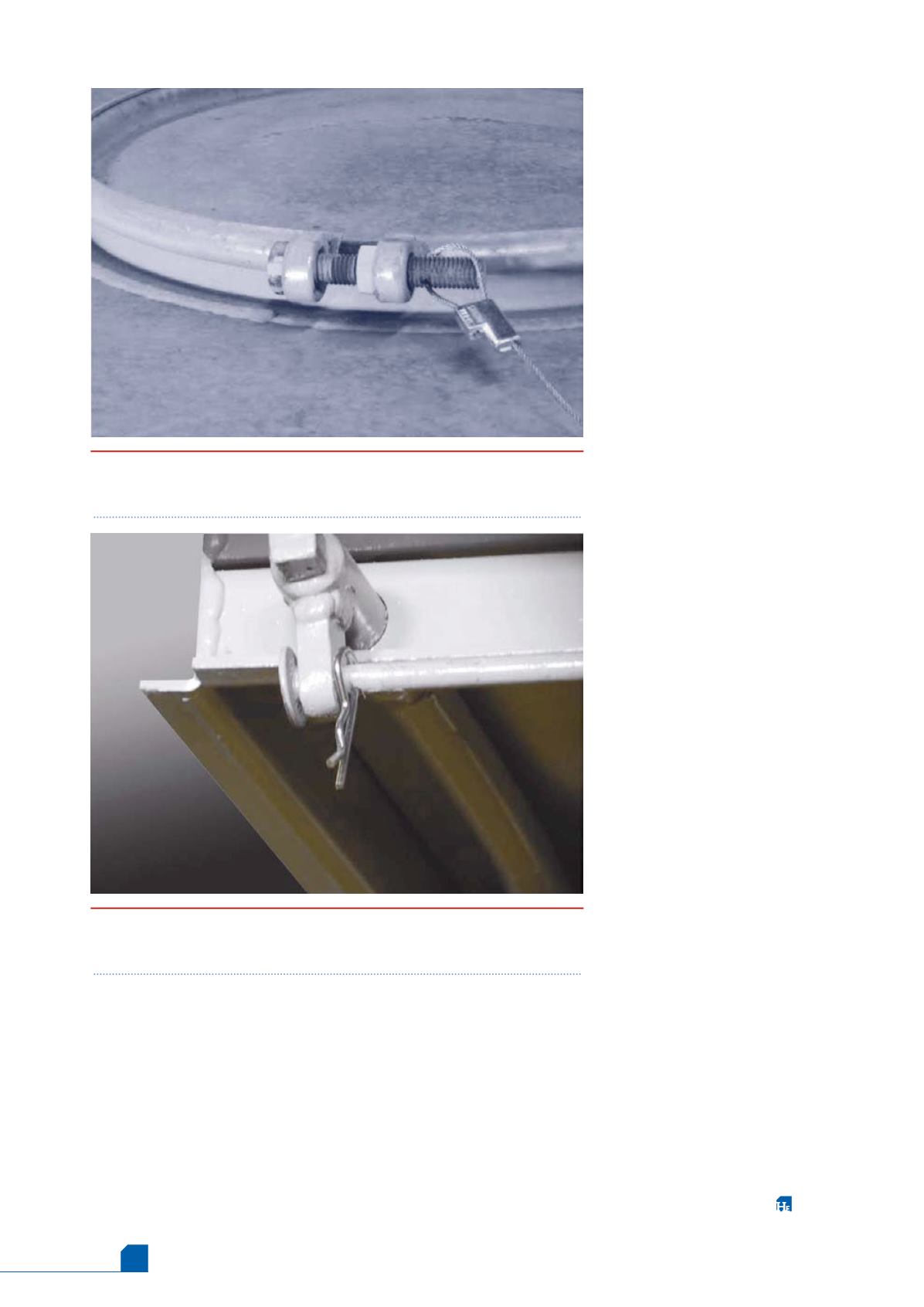
24
December
2014
HYDROCARBON
ENGINEERING
example. The firm is able to provide this transportation based on
a network of carriers that specialise in these kinds of unusual
requirements.
A typical overseas spent catalyst shipment, perhaps from an
oil refinery in Abu Dhabi or a petrochem refinery in Brazil would
work something like this: First, the catalyst owner advises SILC
on the pending shipment of spent precious metal bearing
catalysts. SILC’s people discuss the shipment with an
international freight forwarder which contacts a local freight
forwarder in the exporting country to help facilitate
transportation arrangements and, in some cases, assist the
customer with documentation requirements or other requests.
This process is usually done quickly; it is
also done simultaneously when there are
split shipments of spent catalysts that are
scheduled for recovery and refining in
two different Sabin processing facilities.
Obviously, time is of the essence with
regard to faster settlements for the
customer so as to eliminate or minimise
the need for purchasing or leasing
replacement precious metals for a new
catalyst campaign. SILC processes
shipments simultaneously in order to
speed up the process.
Prior to the introduction of SILC’s
SA-BINs, there were occasional issues
concerning how a customer might load
and safely store large volumes of spent
catalysts prior to shipment to a Sabin
recovery and refining processing facility.
Depending upon circumstances, spent
catalysts were stored in drums or other
types of shipping containers. SA-BINs are
significantly easier and faster to load
than standard storage shipping drums. A
SA-BIN will typically contain
approximately 3000 lbs of material; this
is approximately eight to 10 times more
material than a single 55 gal. drum. They
are also more durable than ‘supersacks’,
which might tear or tip over during
loading and/or shipping. Also, from a
cost perspective, SA-BINs offer
significant savings versus supersacks or
drums since they are supplied at no
charge by the company.
SA-BINs are filled from the top after
a catalyst campaign, and they are
emptied from the bottom at the Sabin
Metal refinery. To assure maximum
storage and shipping security, their tops
are sealed with a locking ring surrounding
the lid and top opening. A tamper
evident cable seal closure secures the lid
in place (Figure 3). The bottoms of the
SA-BINs also incorporate a locking
mechanism with dual camshafts which
hold the slide gate closed. Once closed,
the camshafts are locked (Figure 4)
virtually eliminating all possibility of material leaking out during
handling or transport.
Conclusion
Keep in mind that in addition to shipping and handling issues,
there are many other criteria to be aware of when working with
a precious metals refiner. Among them are turnaround time,
recovery/refining procedures such as sampling and assaying, and
compliance with appropriate environmental regulations. These
are considered the most critical issues to evaluate, since any
relationship with a precious metals refiner essentially
constitutes a ‘partnership’, for better or for worse.
Figure 3.
To further assure security of spent precious metal bearing
catalysts, SA-BIN's are sealed at their tops with a locking ring (with
tamper evident cable) surrounding the lid and top opening.
Figure 4.
A locking mechanism with dual camshafts on each SA-BIN
virtually eliminates the possibility of materials leaking during
handling or transport.


